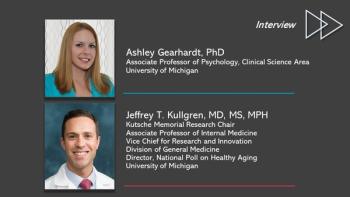
Food addiction researcher Ashley Gearhardt, PhD, highlights the criteria for substance addiction she has found apply equally to alcohol, cocaine, and highly processed foods.

Food addiction researcher Ashley Gearhardt, PhD, highlights the criteria for substance addiction she has found apply equally to alcohol, cocaine, and highly processed foods.

Foods that are "engineered" with refined carbohydrates and fats that are rapidly absorbed can lead to cravings on par with those for alcohol and nicotine, says Ashley Gearhardt, PhD.
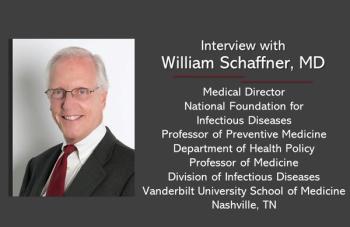
Medical director of the NFID William Schaffner, MD, shares his messages to primary care clinicians as the final months of this year's flu season near.

Educating patients this flu season on prevention may not be sufficient to change their behavior. Framing vaccination as a social norm can help, says Dr William Schaffner.
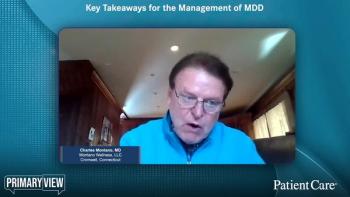
Carmen Kosicek, MSN, PMHNP-BC; Charles Montano, MD; and Gus Alva, MD, DFAPA, provide take-home messages for the management of patients with MDD and other depressive disorders.
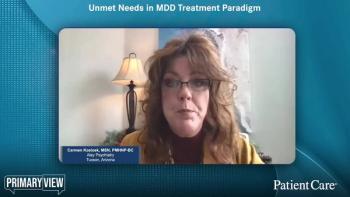
Experts in psychiatry examine emerging agents and unmet needs for the management of MDD.

Vaccine uptake this respiratory virus season is lagging compared to previous years, says Schaffner, medical director of the National Foundation for Infectious Diseases.
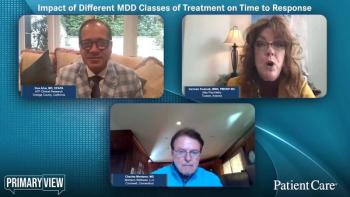
Charles Montano, MD, and Carmen Kosicek, MSN, PMHNP-BC, comment on the impact of various classes of MDD treatments on time to achieve goals and/or response.
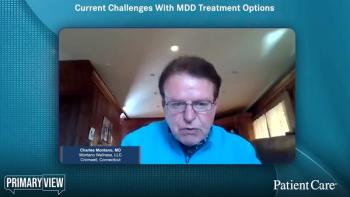
Carmen Kosicek, MSN, PMHNP-BC, leads a discussion on the level of satisfaction for both patients and providers with currently available MDD treatment options, barriers to access, and the impact of residual symptoms on a patient’s quality of life.
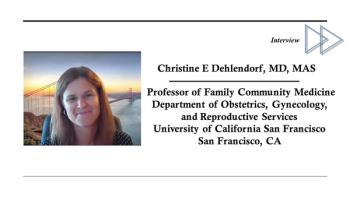
The MyPath tool integrates reproductive goals assessment, information on pre-pregnancy health, and contraceptive decision support to help guide clinical counseling.

Distinguishing between influenza, COVID-19, and RSV and persuading vaccine-weary patients to get vaccinated are some of the challenges this season, says William Schaffner, MD.
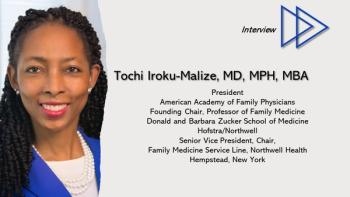
The COVID-19 pandemic derailed routine immunizations and triggered a flood of vaccine misinformation beyond the COVID shot. Here, 3 ways to move forward.

AAFP president Tochi Iroku-Malize, MD, MPH, MBA, urges gentle but persistent efforts among all clinicians to get school-aged children back on vaccination track.
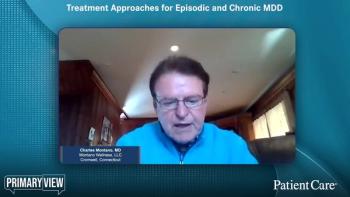
Experts in psychiatry share their treatment approaches for the management of episodic and chronic MDD.
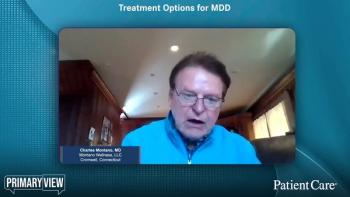
Charles Montano, MD, and Carmen Kosicek, MSN, PMHNP-BC, review currently available treatment options for the management of MDD and criteria used for treatment selection.

Tochi Iroku-Malize, MD, MPH, MBA, converts the 93% immunization rate for US kindergarteners into raw numbers of children now vulnerable to vaccine-preventable disease.
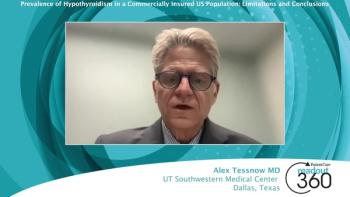
Alex Tessnow M.D. summarizes key data relating to the hypothyroidism in a commercially insured US population, highlighting study limitations and providing his key takeaways.
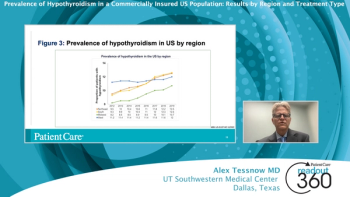
An expert in hypothyroidism management reviews key prevalence data examined across US regions and examined by treatment type from a recent poster presentation highlighting the prevalence of hypothyroidism in a commercially insured US population.
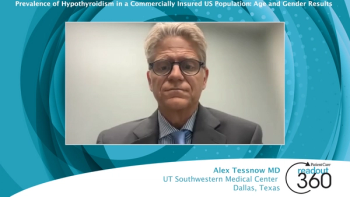
Dr Alex Tessnow discusses the key prevalence data stratified by gender and age within a longitudinal, retrospective, database study examining the prevalence of hypothyroidism in a commercially insured US population.
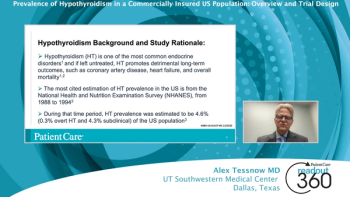
Alex Tessnow M.D. provides a brief overview of the study rationale and design of the recently presented poster highlighting the prevalence of hypothyroidism in a commercially insured US population.
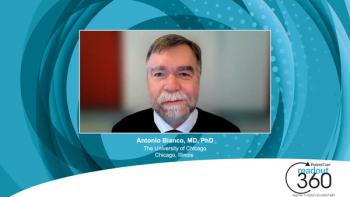
Endocrinology experts discuss the clinical implications of off-target TSH levels and stress the importance of stabilizing these levels for hypothyroidism management.
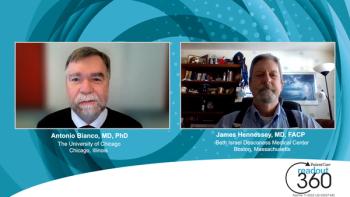
Endocrinology experts share their practical approaches for monitoring TSH levels and providing follow-up to hypothyroidism treatment.
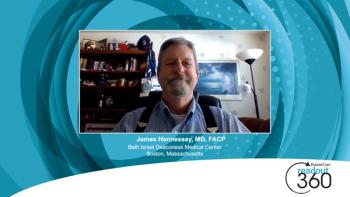
Experts in endocrinology share their insights into the clinical practicalities of the different types and formulations of levothyroxine treatment in patients with hypothyroidism.

Drs James Hennessey and Antonio Bianco share their insights into the role that diet and calorie restriction can have on thyroid-stimulating hormone[TSH] levels for patients with hypothyroidism.

Antonio Bianco, MD, PhD, shares considerations for using consistent LT4 formulation and highlights the role of pharmacists in maintaining consistent LT4 prescriptions for patients with hypothyroidism.

Drs James Hennessey and Antonio Bianco talk about the optimization of levothyroxine in elderly patients with hypothyroidism.

James Hennessey, MD, FACP, and Antonio Bianco, MD, PhD, discuss the role of age and concomitant drug interactions in maintaining optimal TSH levels for hypothyroidism management.

Experts in endocrinology review the impact of proper and consistent treatment adherence to maintain TSH levels and the role diet and dosing timing plays in managing hypothyroidism.

James Hennessey, MD, FACP, provides an overview of clinical trial data for patients with hypothyroidism, highlighting the negative effect and poor health-related consequences of off target TSH levels.

Experts in endocrinology comment on the importance of maintaining TSH levels in normal target ranges and highlight the prevalence of patients with hypothyroidism not maintaining these targets.